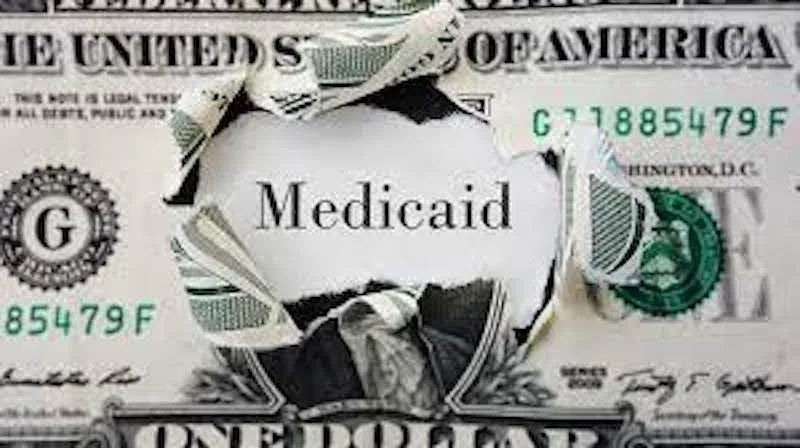Medicaid in GOP's crosshairs



Re-enrollment, work requirements threaten COVID-era expansion. Rules just proposed by CMS will help bolster the program.
The pandemic turned Medicaid into the nation’s largest health insurer. The program, which provides health insurance for the poor, now covers over 85 million people or one in every four Americans. They include the impoverished elderly, 41% of all childbirths and about 11 million disabled, many with Downs syndrome and other intellectual and developmental disabilities. About 20 million individuals joined Medicaid during the COVID-19 emergency.
But that expansion is about to move into reverse. Last month’s end of the public health emergency automatically restarts the program’s annual re-enrollment process, which had been on hiatus since 2020.
Those annual re-determinations, which look mostly at income eligibility, invariably require submission of extensive paperwork. The Kaiser Family Foundation last week estimated as many as 17 million people could lose coverage by the end of this year, “including some who are no longer eligible and others who are still eligible but face administrative barriers to renewal.”
Health care organizations across the country are gearing up to re-enroll as many people as possible. They include hospitals with a large Medicaid clientele; federally qualified health centers that serve the poor; and private insurance companies, which now control the bulk of Medicaid spending (about 70% of Medicaid enrollees are now covered by insurer-run managed care organizations or MCOs, which is higher than the 50% of Medicare beneficiaries now enrolled in private Medicare Advantage plans). Most have created in-house programs to facilitate the process.
No work? No health care for you
Meanwhile, Republicans in Congress are fixated on increasing the ranks of the uninsured. House Majority Leader Kevin McCarthy made Medicaid work requirements a key part of the budget cuts that the GOP insists must be part of any agreement to raise the federal debt ceiling, which must be lifted sometime next month or the nation’s economy will be thrown into chaos.
The Congressional Budget Office last week estimated work requirements, if implemented nationwide, would deny about 600,000 people access to the program. Studies of Arkansas, the only state to set up work requirements, showed the program was a total bust – unless your goal was to throw tens of thousands of people off the rolls and make low-wage workers’ lives more difficult. The program had a minuscule impact on overall employment in the state.
That didn’t stop 13 Republican-run states from applying for and receiving similar work requirement waivers during the Trump administration. They were immediately rescinded by the Biden administration. The move was recently upheld by the courts as a violation of the program’s purpose of providing health insurance for the poor, which includes those who work for such low wages that they still qualify.
As a KFF brief noted last month:
And who were those 7%? Although not officially designated as disabled, most suffer from conditions that make it almost impossible for them to find jobs: homelessness, depression, substance abuse and other behavioral health disorders. In other words, these are people who need health care services to return to the work force – not removal from the one program that would give them access to that help.
A proposal to increase home health aide pay
And how much would work requirements save by throwing people off the rolls, anyway? The CBO estimated $109 billion over ten years. I wonder how that compares to the proposed rules the Centers for Medicare and Medicaid Services issued last week, which would require home care providers spend at least 80% of Medicaid reimbursement for home health aide services on direct compensation for workers (with the other 20% a maximum for administration, sales and other non-employee costs). It also would require states publish the average hourly rate for those workers.
Home and community-based services (which include rents for group homes for the intellectually and developmentally disabled as well as services provided within those homes) is one of the fastest growing components within Medicaid. Families, caregivers and most state Medicaid agencies want to keep disabled individuals out of nursing homes. Medicaid payments for home and community-based services reached a stunning $163 billion in 2020, according to KFF.



